Famous songs written in less than an hour
Songwriting is often seen as a complex art form that requires days, if not months, of meticulous crafting. Yet, some of the most iconic songs in music history were written in a flash of inspiration.
The magic of quick songwriting lies in its spontaneity, where raw emotion and unfiltered creativity collide to produce timeless hits. This article explores how some of these beloved tracks came to be and the allure of crafting music at lightning speed.
“Yesterday” by The Beatles: A Dream Turned Classic
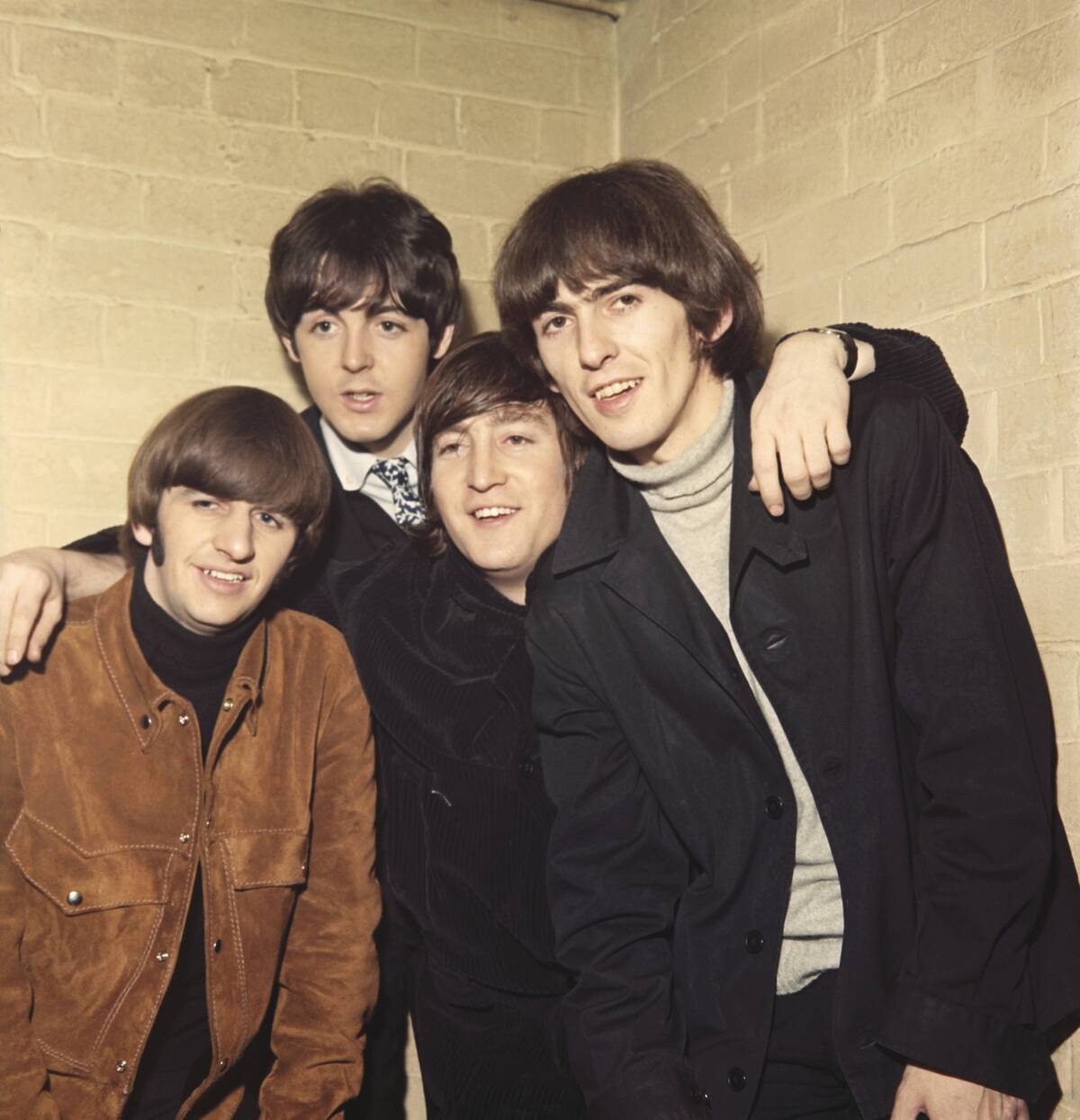
“Yesterday” is one of The Beatles’ most beloved songs, and it came to Paul McCartney in a dream. He initially woke up with the melody in his head and was convinced it was an existing tune.
After verifying its originality, McCartney quickly penned the lyrics. This dream-turned-classic became the most covered song in history, illustrating how inspiration can strike when least expected.
“Sweet Child o’ Mine” by Guns N’ Roses: An Accidental Masterpiece

The iconic riff of “Sweet Child o’ Mine” was born out of Slash’s playful noodling during a jam session. What started as a practice exercise quickly evolved into one of Guns N’ Roses’ most famous tracks.
The song was completed in a relatively short time, highlighting how an unintentional riff can transform into a masterpiece when embraced by the right creative minds.
“Under Pressure” by Queen & David Bowie: A Jam Session Success
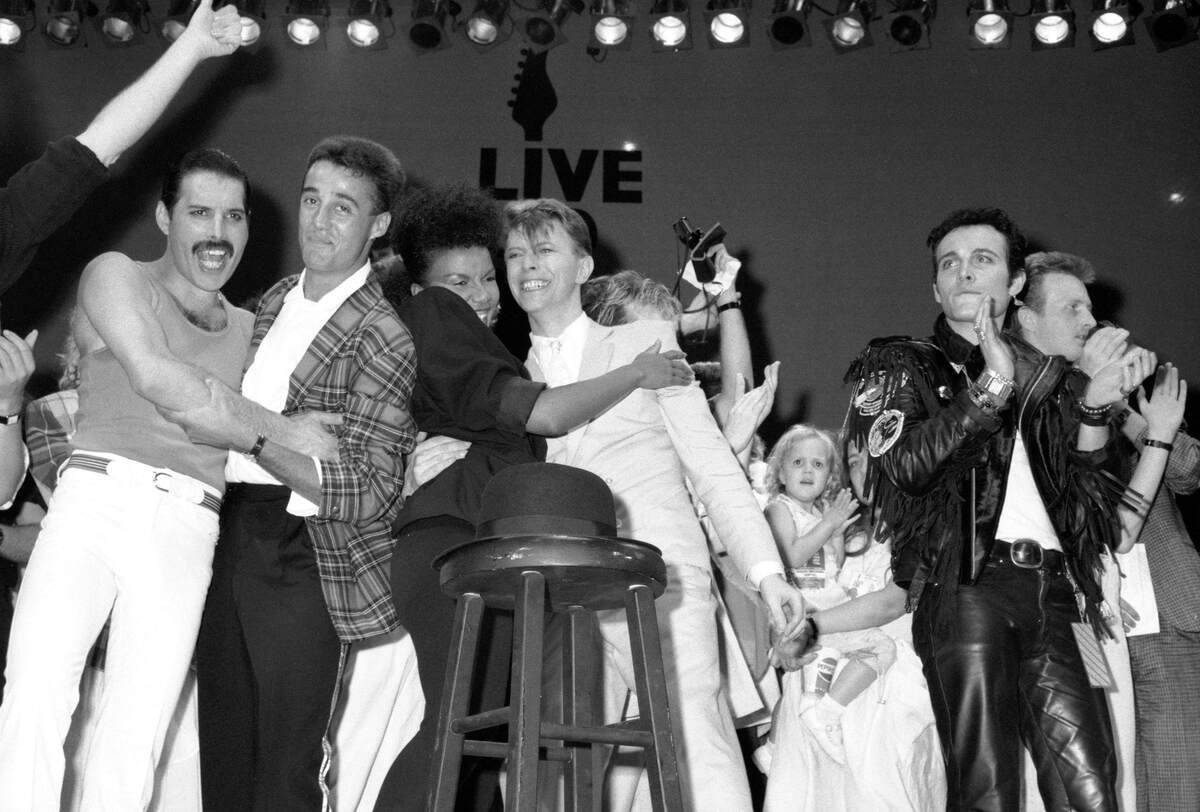
“Under Pressure” was the result of an impromptu jam session between Queen and David Bowie. Recorded in Switzerland, the track emerged spontaneously as the artists played together, feeding off each other’s energy.
The song’s iconic bassline and memorable collaboration became a classic hit, demonstrating how musical magic can happen unexpectedly when talents collide.
“Hound Dog” by Elvis Presley: The 10-Minute Rock ‘n’ Roll Anthem
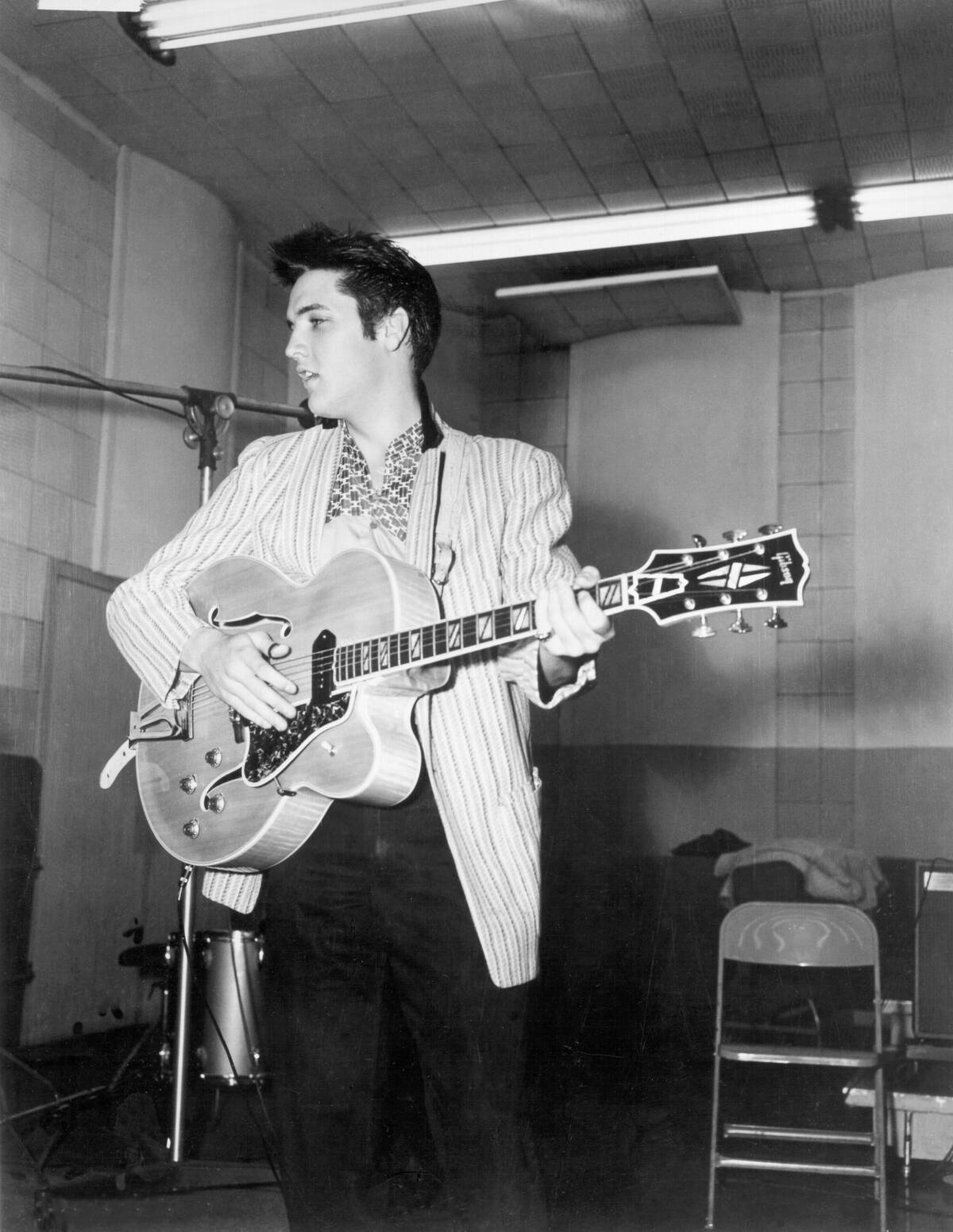
Elvis Presley’s rendition of “Hound Dog” was recorded in just a few takes, with the entire process lasting about 10 minutes. The song’s raw energy and Presley’s powerful delivery turned it into a rock ‘n’ roll anthem.
Originally written by Jerry Leiber and Mike Stoller, “Hound Dog” was first performed by Big Mama Thornton but gained massive popularity with Elvis’s quick yet impactful version.
“Rock and Roll” by Led Zeppelin: A Spontaneous Studio Creation
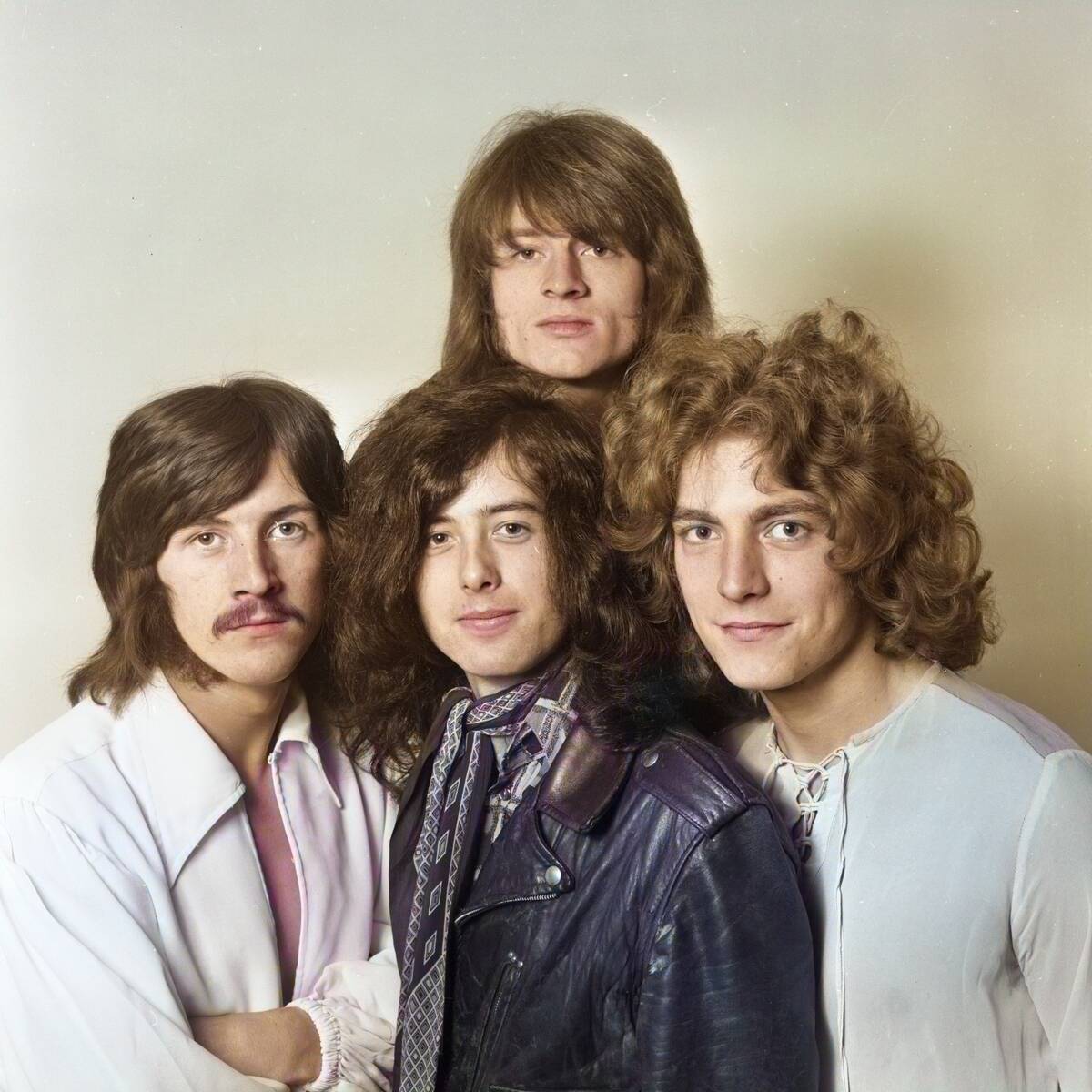
Led Zeppelin’s “Rock and Roll” was born from a spontaneous jam session during the recording of their fourth album. The band was trying to break the monotony of a lengthy studio session when John Bonham began drumming an old school rock beat.
The other members joined in, and within minutes, a new track was formed. This spontaneity captured the essence of rock ‘n roll itself.
“Smoke on the Water” by Deep Purple: A Recollection of Real Events
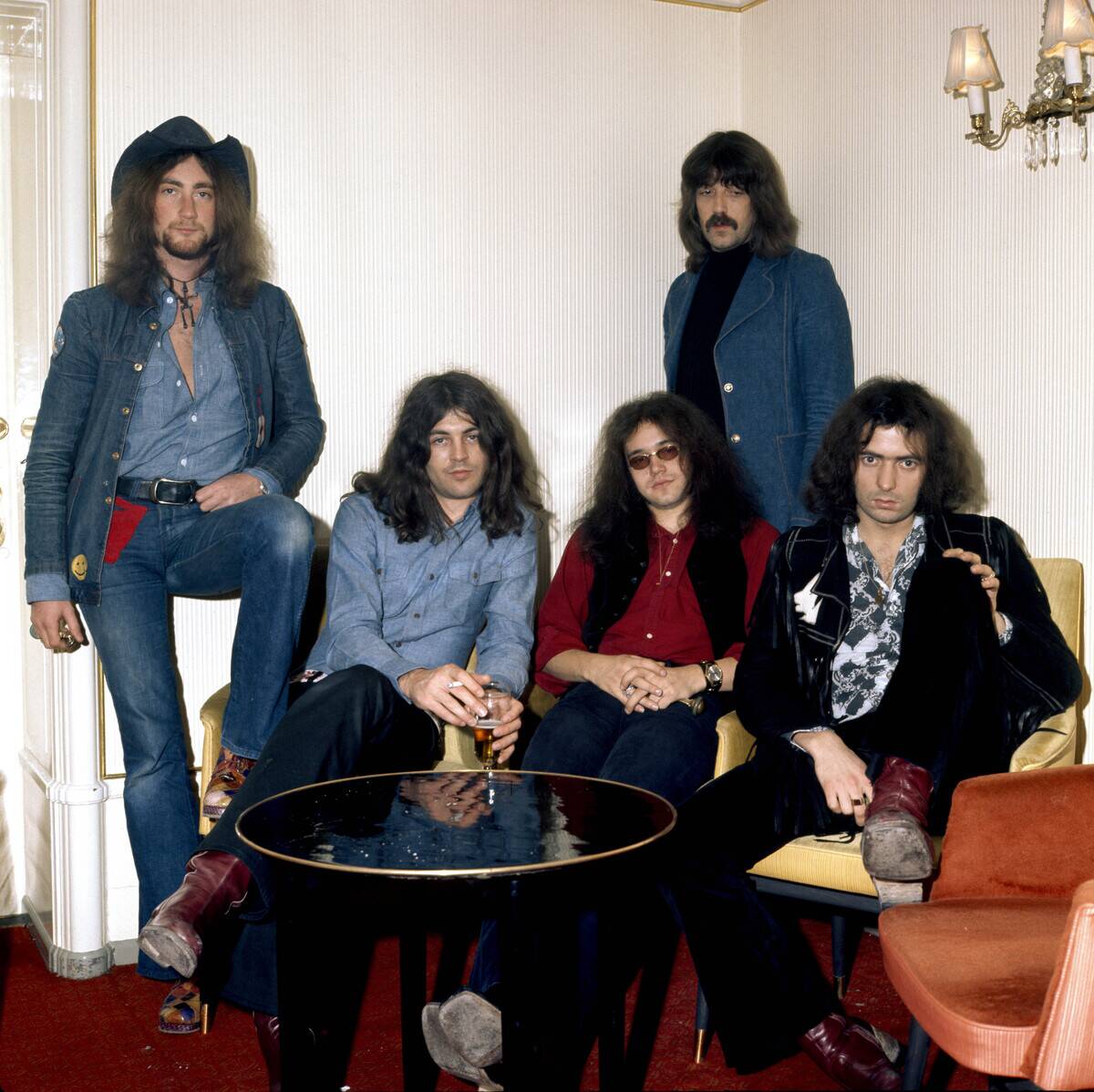
“Smoke on the Water” is a recounting of real events that occurred during Deep Purple’s visit to Montreux, Switzerland. The band witnessed a casino fire, which they later immortalized in their song.
The iconic riff, created by Ritchie Blackmore, was composed quickly and became one of the most recognizable in rock history, proving that sometimes reality provides the best material for music.
“Losing My Religion” by R.E.M.: A Mandolin Spark of Inspiration

R.E.M.’s “Losing My Religion” was inspired by a simple mandolin riff. Guitarist Peter Buck (left) was learning the instrument and stumbled upon the riff that would become the foundation of the song.
The band quickly developed the track, which went on to become one of their biggest hits. The creation process showcased how new instruments can inspire fresh ideas and lead to unexpected success.
“I Can’t Get No Satisfaction” by The Rolling Stones: A Dream-Induced Riff
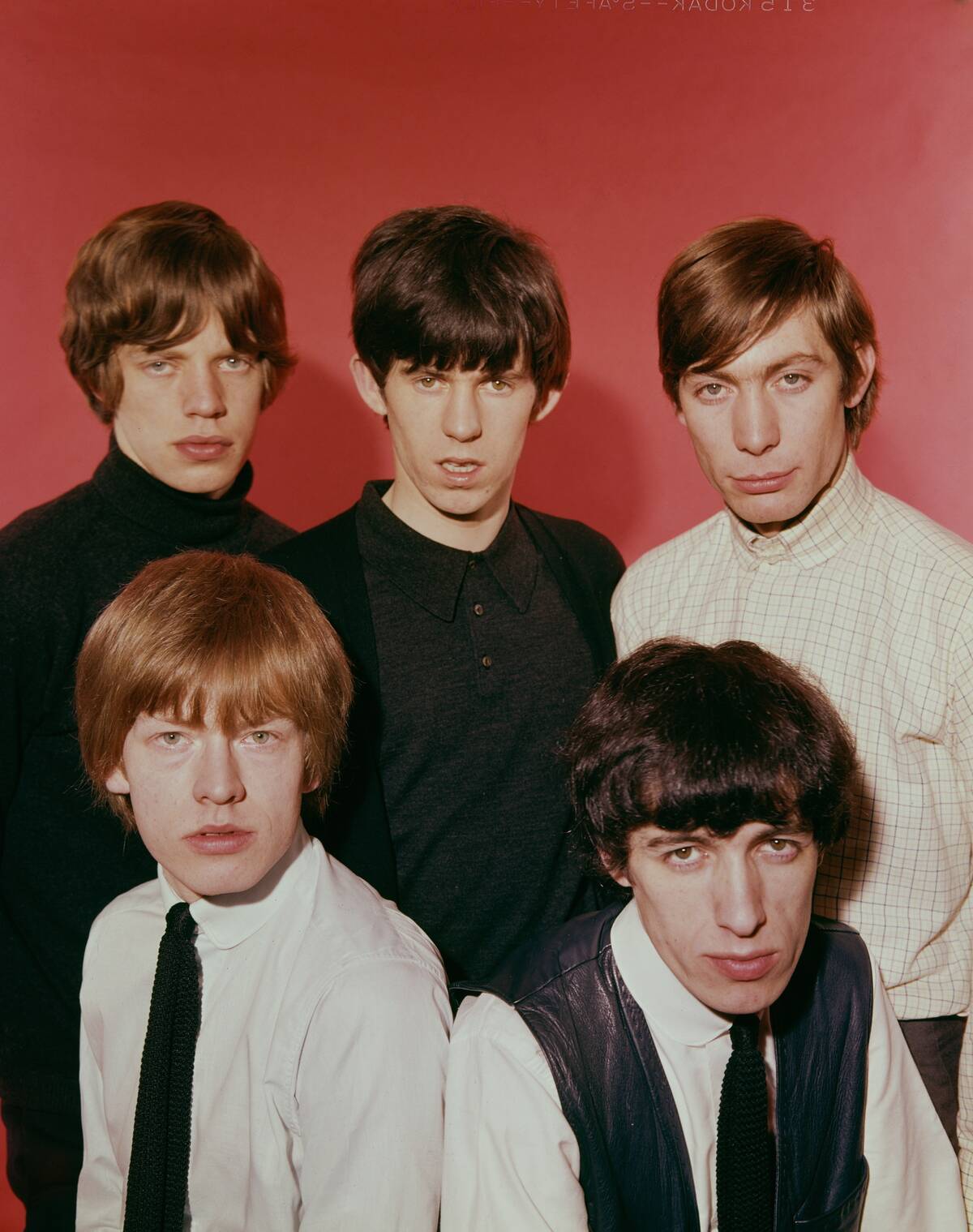
Keith Richards of The Rolling Stones famously wrote the riff for “I Can’t Get No Satisfaction” in his sleep. He awoke in the middle of the night, recorded the riff on a cassette player, and went back to sleep.
This dream-induced idea became one of the band’s most recognizable songs, showing how inspiration can strike even in the most unexpected moments.
“Love Me Do” by The Beatles: A Quick Start to Chart Success
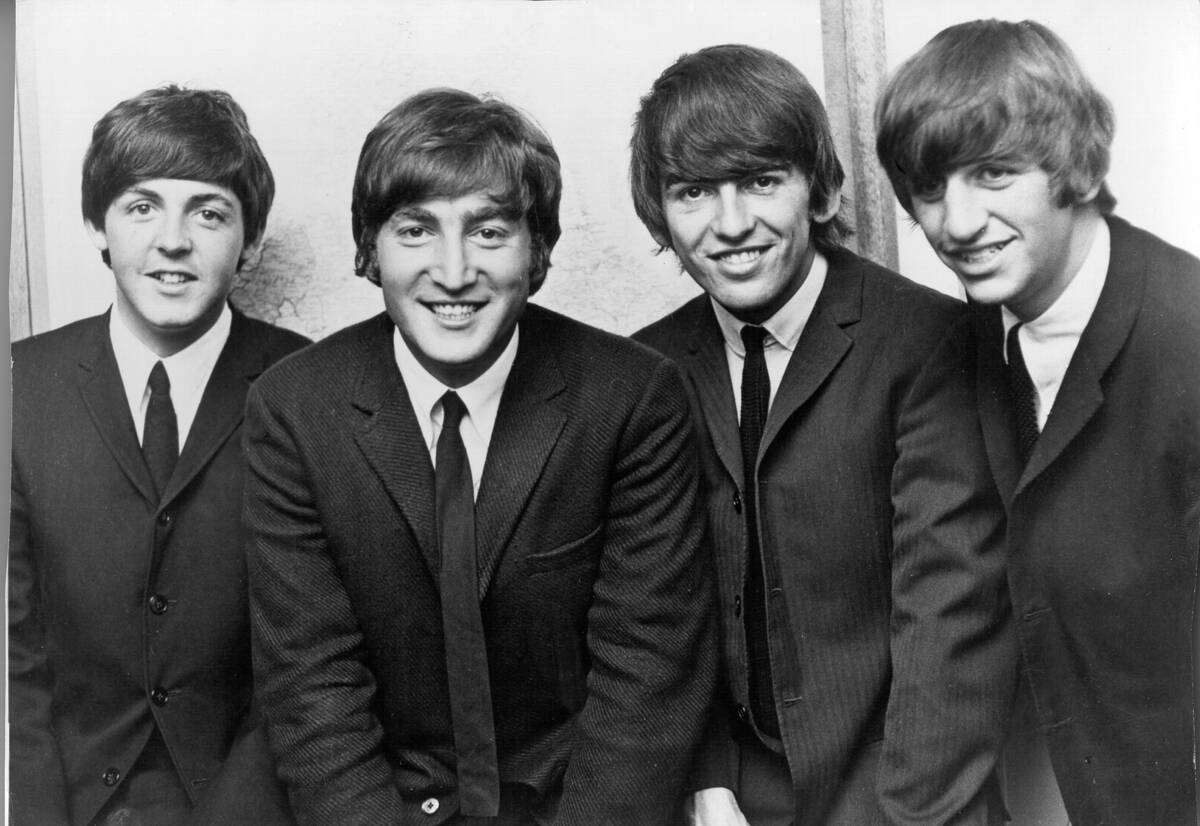
“Love Me Do” was The Beatles’ debut single, written by Paul McCartney and John Lennon while they were teenagers. The song’s simple structure and catchy melody were created quickly, but its impact was lasting.
It marked the beginning of The Beatles’ journey to becoming one of the most influential bands in music history, proving that straightforward ideas can lead to chart-topping success.
“Louie Louie” by The Kingsmen: A Garage Band Revolution
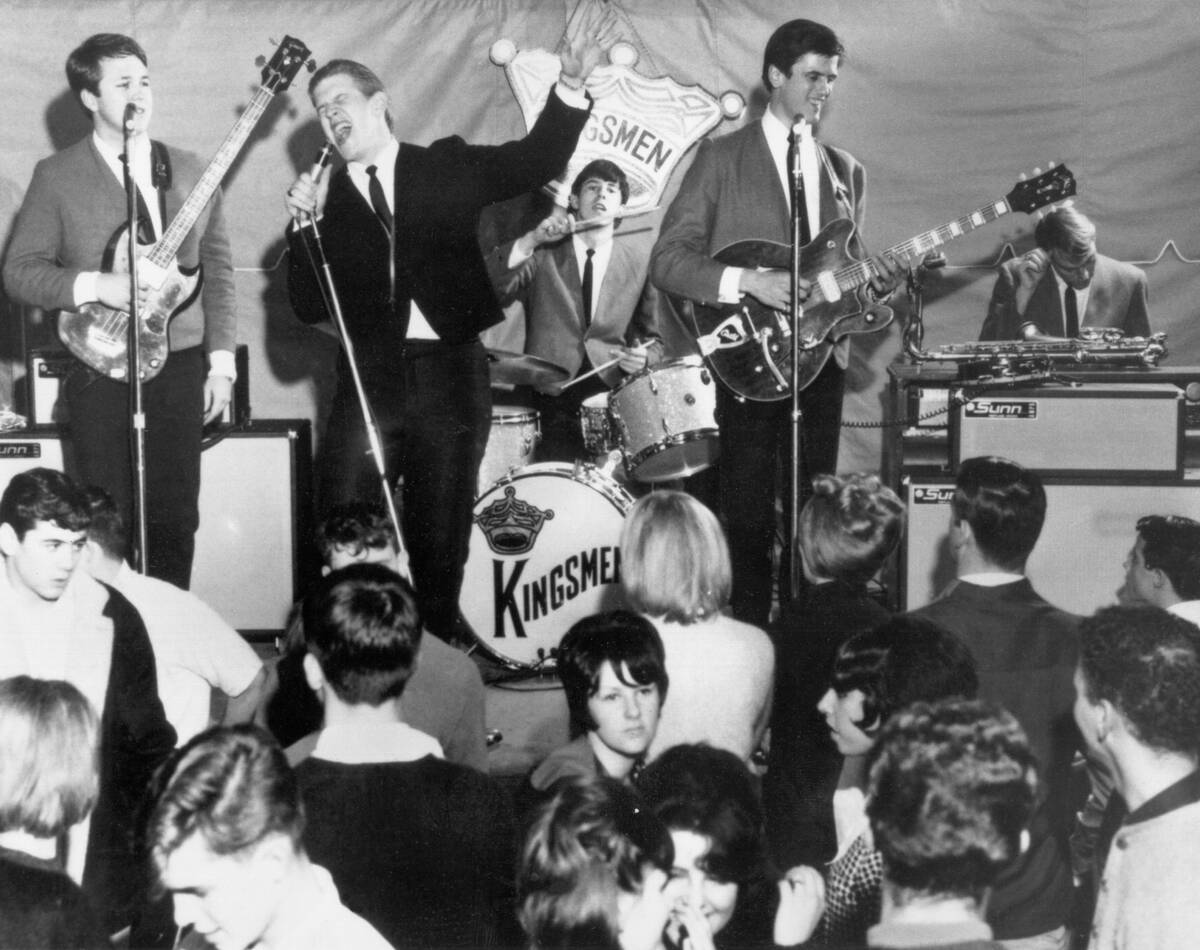
The Kingsmen recorded “Louie Louie” in a single take, capturing the raw energy of a garage band. Despite the muddled lyrics and unpolished sound, the song became an anthem for youth rebellion.
Its success was partly due to the controversy surrounding its indecipherable words, which only added to its mystique, showing that imperfections can sometimes enhance a song’s appeal.



